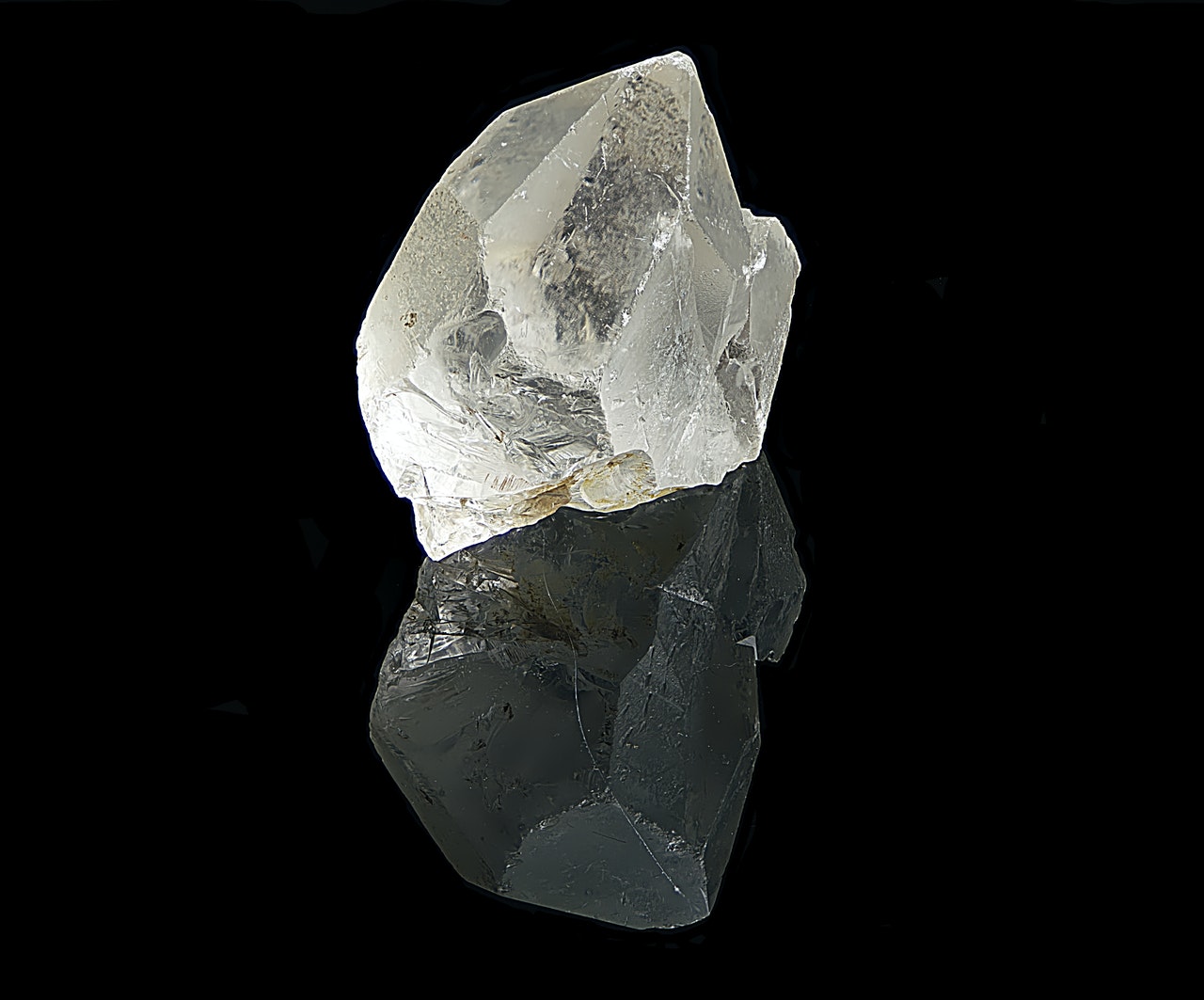
I learned this today. Quartz clocks are far more precise than mechanical clocks because they make quartz crystals oscillate at a very precise frequency.
A mechanical watch has an accuracy of ±5 seconds a day. Quartz watches have an accuracy of about ±5 seconds a month. For comparison, an atomic clock has an accuracy of ±1 seconds in 100 million years. But we can’t all wear atomic watches.
Mechanical clocks used to work with a pendulum. A pendulum of 25 cm will swing once a second. Every time the pendulum swings, it turns a cog. The turns of this cog are converted into seconds, minutes, and hours by the gears in the mechanism and the hands on the clock face move. The problem is that a pendulum won’t keep swinging indefinitely. It will meet air resistance and the resistance from the mechanism of the clock and it will slowly slow down. To counter this, the clock has a spring that you have to wind every day. This spring slowly releases energy to the pendulum to keep it swinging at 1 swing a second. However, the spring can never perfectly counter the effects of resistance and a pendulum clock can lose a few seconds a day to minutes. A pendulum clock is also affected by gravity, air pressure, and heat.
A mechanical watch doesn’t have a pendulum. It has a balance wheel that turns one way and then the other way every second. It still has a spring to give the energy to the balance wheel. And this spring is not completely reliable. A quartz watch can be far more reliable.
Quartz is a crystalline mineral composed of silicon dioxide. It is the second most abundant mineral on Earth. The first is feldspar.
Quartz crystals have piezoelectric properties. Piezoelectricity is an electric charge that is created when an object is placed under stress. It can happen in some crystals, ceramics, bone, DNA, and proteins. “Piezo” comes from the Greek word “piezein”, which means to squeeze or press.
To create electricity using the piezoelectric effect, the object is placed between two metal plates. Pressure is applied to the object and this forces the electric charges inside the object to shift out of balance. Excess negative and positive charges travel to opposite sides of the object. These charges can be collected and used to send an electrical current through a circuit.
You can do the opposite as well. If you apply an electric current to an object with piezoelectric properties, it will expand or shrink depending on the current. This movement releases mechanical energy in the form of sound waves. This property is used in speakers. An electrical current makes ceramic plates expand and contract, releasing sound. The piezoelectric objects contract and expand many times a second. Different materials vibrate at a different speed.
Quartz vibrates at 32,768 times a second. Exactly. In a quartz watch, the battery sends a current to the quartz crystal. It doesn’t require much electricity, so the batteries last for many years. When the current enters the crystal, the quartz starts to vibrate at 32,768 times a second. The circuit in the watch counts the number of vibrations and sends an electrical pulse after every 32,768 vibrations. This pulse can be used to change the number of seconds on an LED clock display, or it can be used to move a cog to turn the second hand on a watch. This is why the quartz watch only loses about 5 seconds a month.
Pendulum clocks are affected by heat and so are quartz watches. Quartz oscillates at a very slightly different rate depending on the temperature. This isn’t a huge difference, but it can be enough to offset the time slightly. In the factory, the watch is usually set to operate perfectly at about 21℃, which is the temperature on the wrist. However, that means that it will vibrate slightly differently when it is off the wrist, say over night. More expensive quartz watches have thermocompensated movements to narrow the difference between on the wrist and off the wrist. However, even with this, a quartz watch is still accurate enough for any regular person. If it loses a minute a year, most people won’t mind.
So, quartz watches tell the time because quartz has piezoelectric properties. This means it oscillates when an electric current is passed through it. Quartz oscillates at 32,768 vibrations a second and the watch circuit counts this, sending out an electric pulse every 32,768 oscillations to move the second hand on a watch. And this is what I learned today.
Photo by Peter Döpper from Pexels
Sources
https://www.explainthatstuff.com/quartzclockwatch.html
https://www.jcwa.or.jp/en/time/qa/qa07.html
https://tf.nist.gov/general/pdf/2276.pdf
https://en.wikipedia.org/wiki/Quartz_clock
https://en.wikipedia.org/wiki/Piezoelectricity
https://en.wikipedia.org/wiki/Quartz
https://www.autodesk.com/products/eagle/blog/piezoelectricity/
https://en.wikipedia.org/wiki/Mechanical_watch

